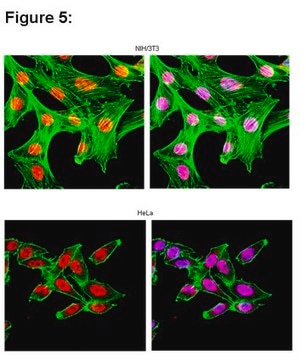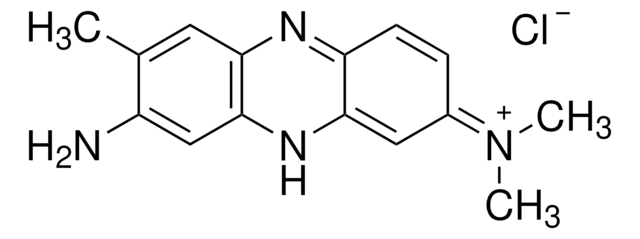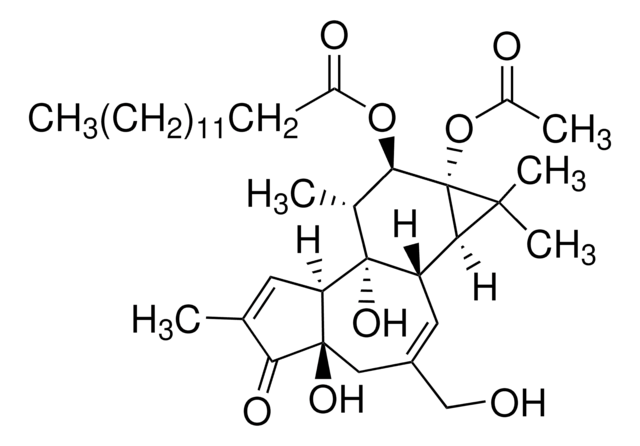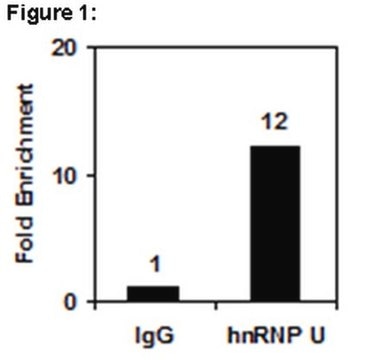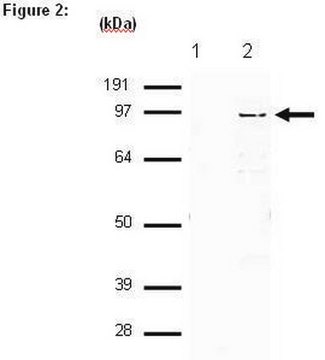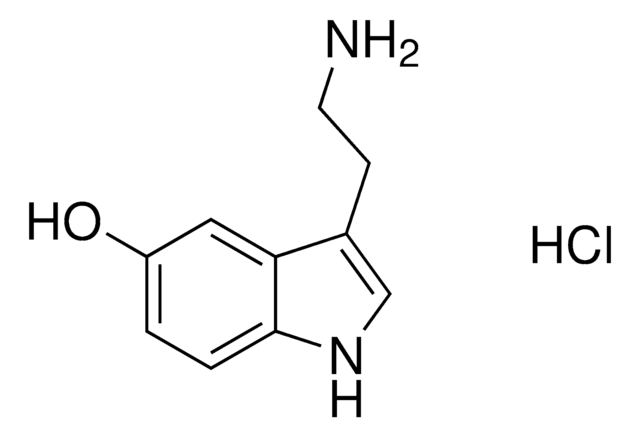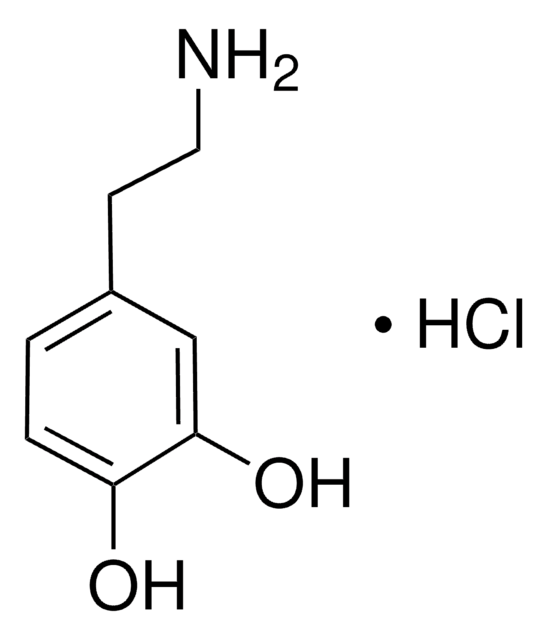03-178
RIPAb+ SMN - RIP Validated Antibody and Primer Set
from mouse
Synonym(s):
Component of gems 1, gemin 1, spinal muscular atrophy (Werdnig-Hoffmann disease, Kugelberg-Welander disease), survival of motor neuron 1, telomeric
About This Item
Recommended Products
biological source
mouse
Quality Level
clone
monoclonal
species reactivity
human
species reactivity (predicted by homology)
Xenopus, mouse
manufacturer/tradename
RIPAb+
Upstate®
technique(s)
RIP: suitable
immunocytochemistry: suitable
immunoprecipitation (IP): suitable
western blot: suitable
isotype
IgG1κ
NCBI accession no.
UniProt accession no.
shipped in
dry ice
Gene Information
human ... SMA4(11039)
Related Categories
General description
Immunogen
Application
Representative lot data.
RIP Lysate prepared from HeLa cells (~2 X 10E7 cell equivalents per IP) were subjected to immunoprecipitation using either 5 µg of a normal mouse IgG or 5 µg of Anti-SMN antibody and the Magna RIP® RNA-Binding Protein Immunoprecipitation Kit (Cat. # 17-700).
Successful immunoprecipitation of SMN-associated RNA was verified by qPCR using primers specific for human collagen alpha type 1 mRNA (Please see figures).
Please refer to the Magna RIP (Cat. # 17-700) or EZ-Magna RIP (Cat. # 17-701) protocol for experimental details.
Western Blot Analysis:
Representative lot data.
HeLa cell lysate was resolved by electrophoresis, transferred to PVDF membranes and probed with anti-SMN at a 0.5 µg/mL dilution.
Proteins were visualized using a goat anti-mouse IgG conjugated to HRP using a chemiluminescence detection system.
Arrow indicates SMN (~35 kDa) (Please see figures).
Immunocytochemistry Analysis:
Representative lot data.
A 1:500 dilution from a representative lot detected SMN in HeLa cells (Please see figures).
Epigenetics & Nuclear Function
RNA Metabolism & Binding Proteins
Packaging
Quality
RIP Lysate prepared from HeLa cells (~2 X 10E7 cell equivalents per IP) were subjected to immunoprecipitation using either 5 µg of a normal mouse IgG or 5 µg of Anti-SMN antibody and the Magna RIP® RNA-Binding Protein Immunoprecipitation Kit (Cat. # 17-700).
Successful immunoprecipitation of SMN-associated RNA was verified by qPCR using RIP Primers U1snRNA (Please see figures).
Please refer to the Magna RIP (Cat. # 17-700) or EZ-Magna RIP (Cat. # 17-701) protocol for experimental details.
Target description
Physical form
Normal Mouse IgG. One vial containing 125 µg of purified mouse IgG in 125 µL of storage buffer containing 0.1% sodium azide. Store at -20°C.
RIP Primers, U1snRNA. One vial containing 75 μL of 5 μM of each primer specific for the cDNA of U1 snRNP. Store at -20°C.
FOR: GGG AGA TAC CAT GAT CAC GAA GGT
REV: CCA CAA ATT ATG CAG TCG AGT TTC CC
Storage and Stability
Handling Recommendations: Upon receipt, and prior to removing the cap, centrifuge the vial and gently mix the solution. Aliquot into microcentrifuge tubes and store at -20°C. Avoid repeated freeze/thaw cycles, which may damage IgG and affect product performance. Note: Variability in freezer temperatures below -20°C may cause glycerol containing solutions to become frozen during storage.
Analysis Note
Includes negative control mouse IgG antibody and control primers specific for the cDNA of human U1snRNP.
Legal Information
Disclaimer
wgk_germany
WGK 1
Certificates of Analysis (COA)
Search for Certificates of Analysis (COA) by entering the products Lot/Batch Number. Lot and Batch Numbers can be found on a product’s label following the words ‘Lot’ or ‘Batch’.
Already Own This Product?
Find documentation for the products that you have recently purchased in the Document Library.
Our team of scientists has experience in all areas of research including Life Science, Material Science, Chemical Synthesis, Chromatography, Analytical and many others.
Contact Technical Service